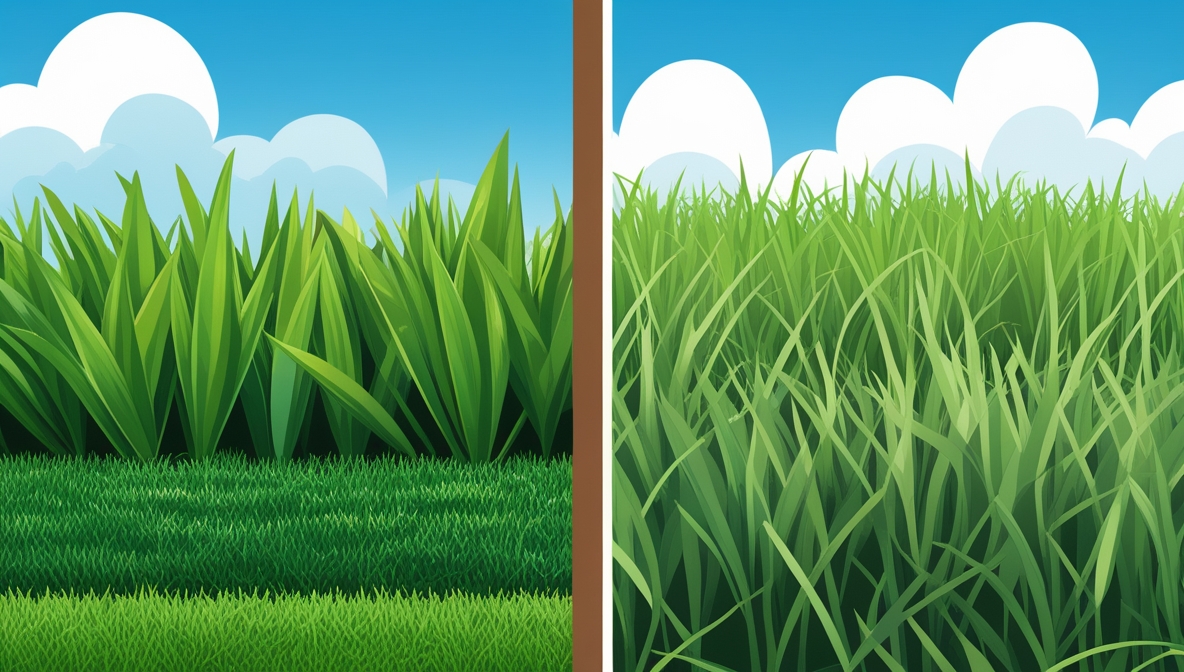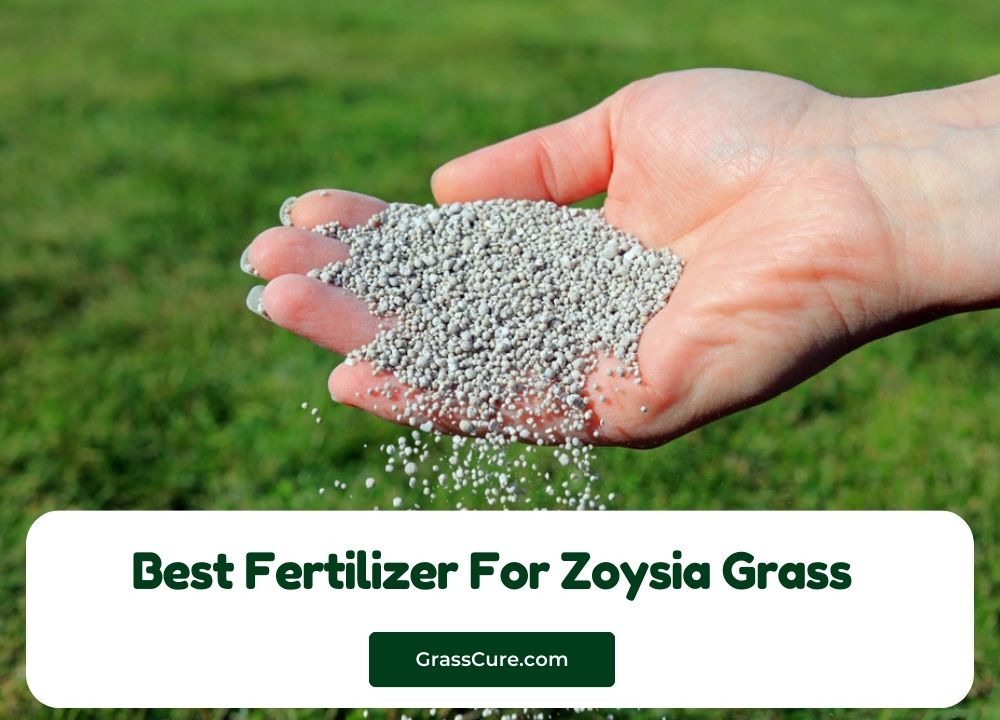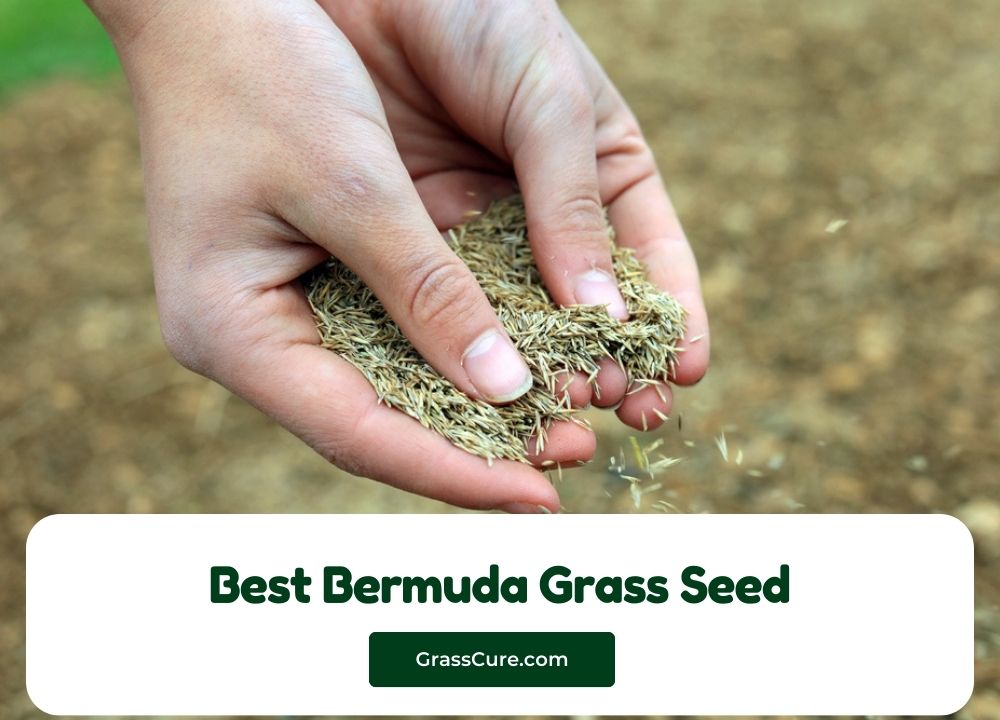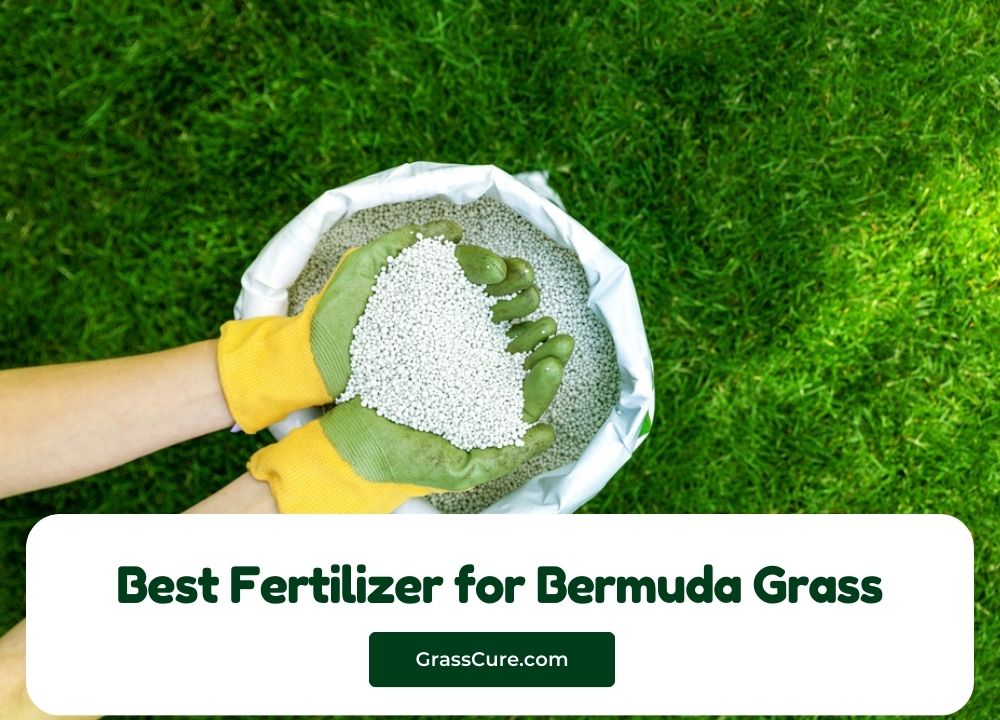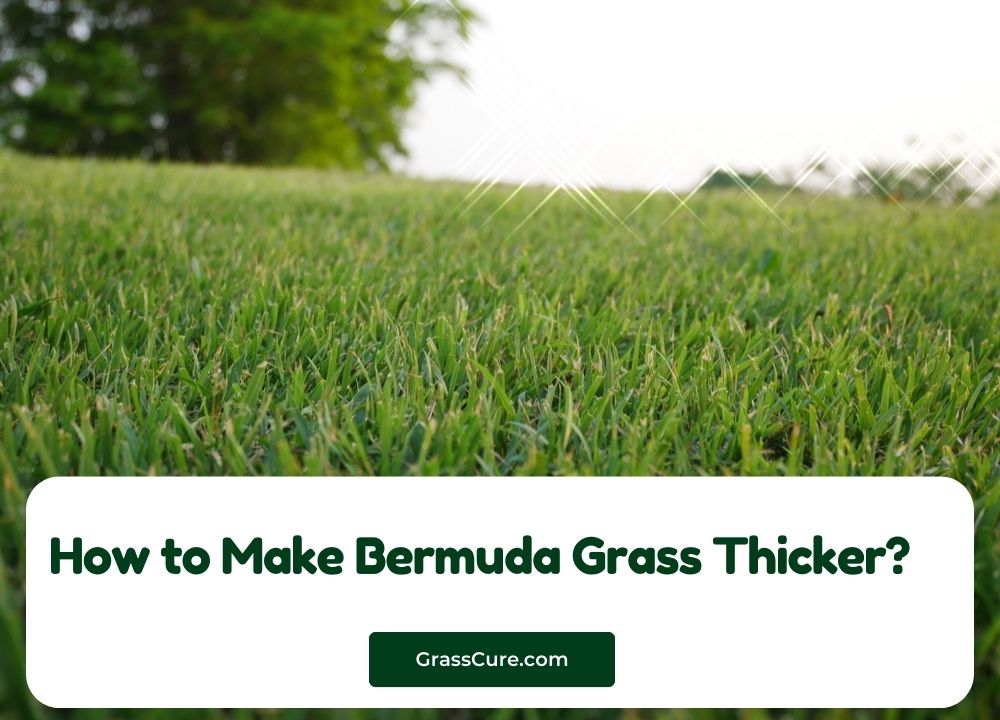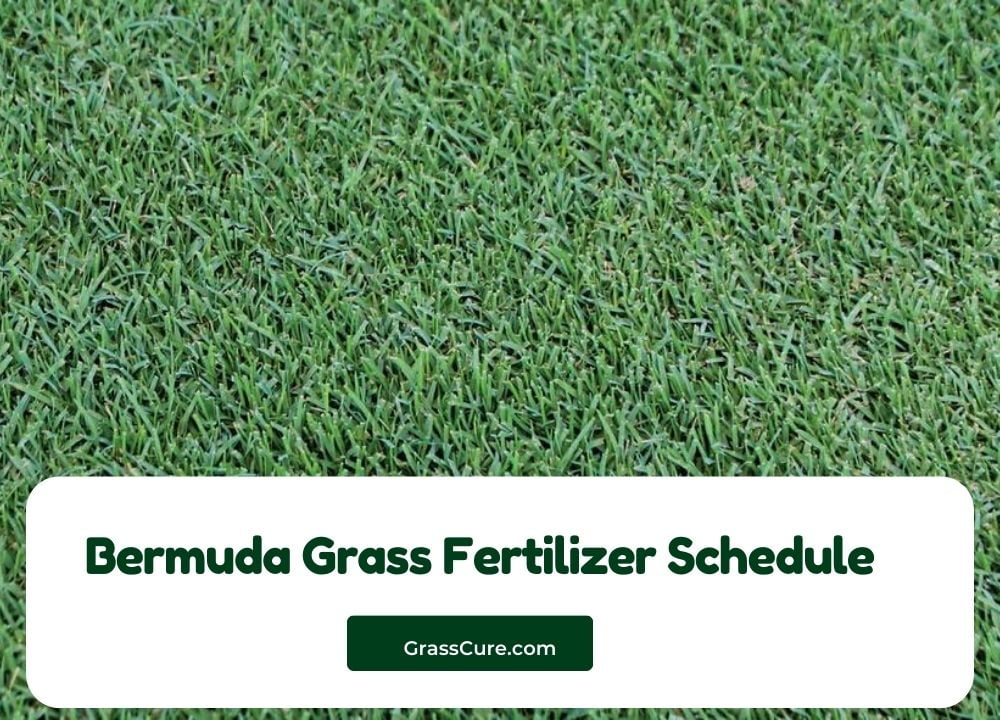Choosing the right grass for your lawn can significantly impact its appearance and longevity. Two popular choices for residential lawns are zoysia grass and Bermuda grass. Both offer distinct characteristics, impacting their suitability for different climates and maintenance preferences. This article explores the key features of each grass type, compares their growth habits, and highlights their respective maintenance requirements. Understanding these factors will help homeowners make an informed decision when selecting the ideal grass for their property.
Contents
Zoysia Grass: A Deep Dive
Zoysia grass, a warm-season grass, is known for its dense texture and attractive, fine leaf blades. Its low-growing nature creates a lush, velvety appearance. Different cultivars of zoysia offer varying degrees of tolerance to heat and drought. This adaptability makes it a popular choice in regions with hot, dry summers. Its resilience to foot traffic is also a significant advantage.
Another key attribute of zoysia is its ability to suppress weeds. This inherent competitive nature can reduce the need for herbicides. Its relatively low water requirements are also attractive to homeowners concerned with water conservation. However, certain zoysia varieties may be more susceptible to certain diseases, requiring vigilant monitoring. Proper mowing practices are critical for maintaining a healthy and aesthetically pleasing zoysia lawn.
The slow growth rate of zoysia can be both a benefit and a drawback. While it allows for less frequent mowing, it may take longer to establish a full lawn compared to other grass types. However, once established, its resilience to stress is substantial. Proper fertilization and soil preparation are vital for achieving optimal growth and health.
Zoysia’s deep root system allows it to withstand periods of drought and heavy foot traffic. This makes it suitable for high-traffic areas like playgrounds or pet-friendly yards. Its overall resilience and low maintenance potential make it a highly-regarded choice for a variety of lawn settings.
Bermuda Grass: Key Features
Bermuda grass, another prominent warm-season grass, is characterized by its rapid growth rate. This rapid growth often leads to a dense, thick turf. It’s well-suited to lawns with moderate to high traffic due to its ability to quickly recover from wear. Bermuda’s adaptability extends to different soil types, though proper drainage is crucial for optimal performance.
The adaptability of Bermuda to various soil conditions is a significant advantage. However, its fast growth rate means a higher mowing frequency is often necessary. This can be a positive for homeowners who desire a consistently short, even cut lawn. Different cultivars of Bermuda grass offer varying degrees of tolerance to shade, though full sun is generally preferred for optimal health.
Bermuda grass is known for its tolerance to heat and drought, making it a suitable choice for hot, arid climates. This tolerance is a significant advantage for regions experiencing prolonged periods of dry weather. Maintaining a healthy Bermuda lawn often involves careful consideration of irrigation schedules to avoid overwatering.
An important consideration with Bermuda is its susceptibility to certain diseases. Proper fertilization and disease monitoring are vital for maintaining a healthy and aesthetically pleasing lawn. The need for consistent maintenance to maintain its dense appearance and prevent excessive thatch buildup is also a factor to be considered.
Comparing Growth Habits
Zoysia’s slow, steady growth results in a dense, low-lying turf that generally requires less mowing than Bermuda. Bermuda’s rapid growth, on the other hand, creates a lush, thick lawn, but necessitates more frequent mowing to maintain its desired appearance. This difference in growth rate directly impacts the frequency of lawn maintenance tasks.
Zoysia’s slow growth also translates to a longer establishment period compared to Bermuda. While it may take longer to achieve a full lawn, zoysia’s slow and steady growth tends to result in a more resilient turf. Bermuda’s rapid growth allows for quicker establishment, but its fast growth can also mean a faster wear and tear on the turf. Choosing between the two depends heavily on the user’s time commitments.
The different growth rates also impact the appearance of the lawn. Zoysia tends to create a smoother, more uniform surface, while Bermuda’s rapid growth can lead to a thicker, more textured look. The aesthetic preferences of the homeowner will determine which visual characteristic is more appealing. The desired aesthetic, and the amount of upkeep a homeowner is willing to commit to, will heavily influence the final choice.
The root systems of zoysia and Bermuda differ. Zoysia’s deep root system provides excellent drought tolerance, while Bermuda’s shallower root system can be more susceptible to drought stress. Understanding these differences is vital for selecting the appropriate grass type for your specific climate and soil conditions.
Maintenance Needs & Considerations
Zoysia’s low-maintenance nature is often cited as a major advantage. Its tolerance to drought and weed suppression capabilities reduce the need for frequent watering and herbicides. Proper mowing practices, including appropriate blade height, are still vital for maintaining a healthy zoysia lawn. Regular fertilization is also important for promoting optimal growth.
The drought tolerance of zoysia makes it suitable for areas with limited water availability. Its low-growth habit, coupled with its deep root system, allows it to thrive with less frequent watering. Regular fertilization, ideally with a balanced formula, is still essential to ensure sustained health. This aspect can help reduce water consumption and landscaping costs.
Maintaining a healthy Zoysia lawn also requires vigilance in preventing diseases and insect infestations. Proper disease and pest management strategies are important to keep the lawn flourishing. Mowing and aeration are important to encourage healthy root growth and prevent thatch buildup.
Bermuda, with its rapid growth, requires more frequent mowing. This translates to increased maintenance time. Consistent irrigation is often needed, especially during hot and dry periods. Careful monitoring of soil moisture and adjusting irrigation accordingly is critical. Proper fertilization, appropriate for the chosen Bermuda cultivar, is also essential to maintain its lush appearance.
Ultimately, the best choice between zoysia and Bermuda grass depends on individual preferences, climate conditions, and available resources. Understanding the distinct characteristics and maintenance requirements of each grass type is crucial for making an informed decision. Factors such as desired lawn appearance, available water resources, and personal time commitments play a significant role in the selection process.
